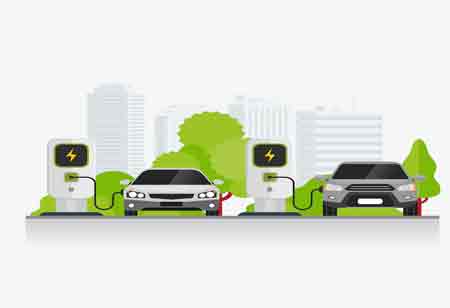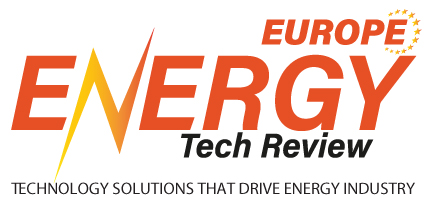CLOSE
Specials
I agree We use cookies on this website to enhance your user experience. By clicking any link on this page you are giving your consent for us to set cookies. More info
Be first to read the latest tech news, Industry Leader's Insights, and CIO interviews of medium and large enterprises exclusively from Energy Tech Review
Thank you for Subscribing
Smart Grids: Powering the Next Generation of EV Charging
Grid integration enhances EV charging by enabling advanced technologies. This approach ensures a more efficient, sustainable, and resilient energy system while accommodating the growing demand for electric mobility.

By
Energy Tech Review | Thursday, November 13, 2025
Stay ahead of the industry with exclusive feature stories on the top companies, expert insights and the latest news delivered straight to your inbox. Subscribe today.
FREMONT, CA: In order to improve efficiency, sustainability, and energy management in the expanding electric mobility sector, grid integration is essential for connecting electric vehicle (EV) charging devices to the power grid.
Optimising Energy Distribution
Grid integration enhances energy distribution efficiency by coordinating EV charging with the existing power grid. This coordination helps balance the demand from EVs with the grid's capacity, preventing overloads and ensuring stable energy delivery. By utilizing data and advanced algorithms, grid integration manages charging loads effectively, reducing the risk of grid congestion and maintaining system reliability.
Harnessing Renewable Energy
One key benefit of grid integration is its ability to synchronize EV charging with high renewable energy generation periods. This alignment allows for increased use of clean energy sources like solar and wind, reducing dependence on fossil fuels and lowering greenhouse gas emissions. By charging EVs when renewable energy is abundant, grid integration supports a greener energy system and enhances the environmental benefits of electric mobility.
Enhancing Demand Response
Demand response is a critical component of grid integration, allowing for adjusting EV charging schedules based on grid conditions. During peak demand periods, grid-integrated systems can shift or delay charging to off-peak times, helping to flatten demand curves and reduce grid strain. It stabilizes the grid and provides cost savings for consumers through lower electricity rates during off-peak hours. By participating in demand response programs, EV owners contribute to grid stability and benefit from incentives designed to promote smart energy use.
Supporting Vehicle-to-Grid (V2G) Technology
Grid integration facilitates vehicle-to-grid (V2G) technology, allowing EVs to draw power from and supply energy back to the grid. This bidirectional energy flow provides additional storage capacity for the grid, helping to manage fluctuations in renewable energy supply and support grid stability. V2G capabilities also offer potential revenue opportunities for EV owners who can participate in energy markets or provide ancillary services, enhancing the value of electric vehicles.
Ensuring Scalability and Flexibility
As the number of electric vehicles and charging stations grows, grid integration efficiently ensures that. It provides a scalable framework that allows for the addition of new charging infrastructure without disrupting existing grid operations. This scalability ensures that the grid can efficiently accommodate increasing EVs and charging points. Flexibility in grid integration supports rapid EV adoption by adjusting to varying demands and operational needs.
Economic and Environmental Benefits
It reduces the need for costly infrastructure upgrades and optimizes energy distribution, resulting in lower electricity bills and improved access to cost-effective charging options for consumers. Environmentally, grid integration promotes the use of renewable energy and reduces transportation's carbon footprint, aligning with broader sustainability goals. By facilitating the expansion of charging networks, grid integration enhances the economic efficiency and environmental impact of EV charging.
Transforming EV charging through grid integration is essential for creating a more efficient, reliable, and sustainable energy system that will advance the future of electric mobility. This transformation supports the growth of electric vehicles and also contributes to a greener and more resilient energy infrastructure.

Copyright © 2025 Energy Tech Review. All rights reserved






